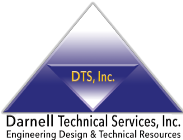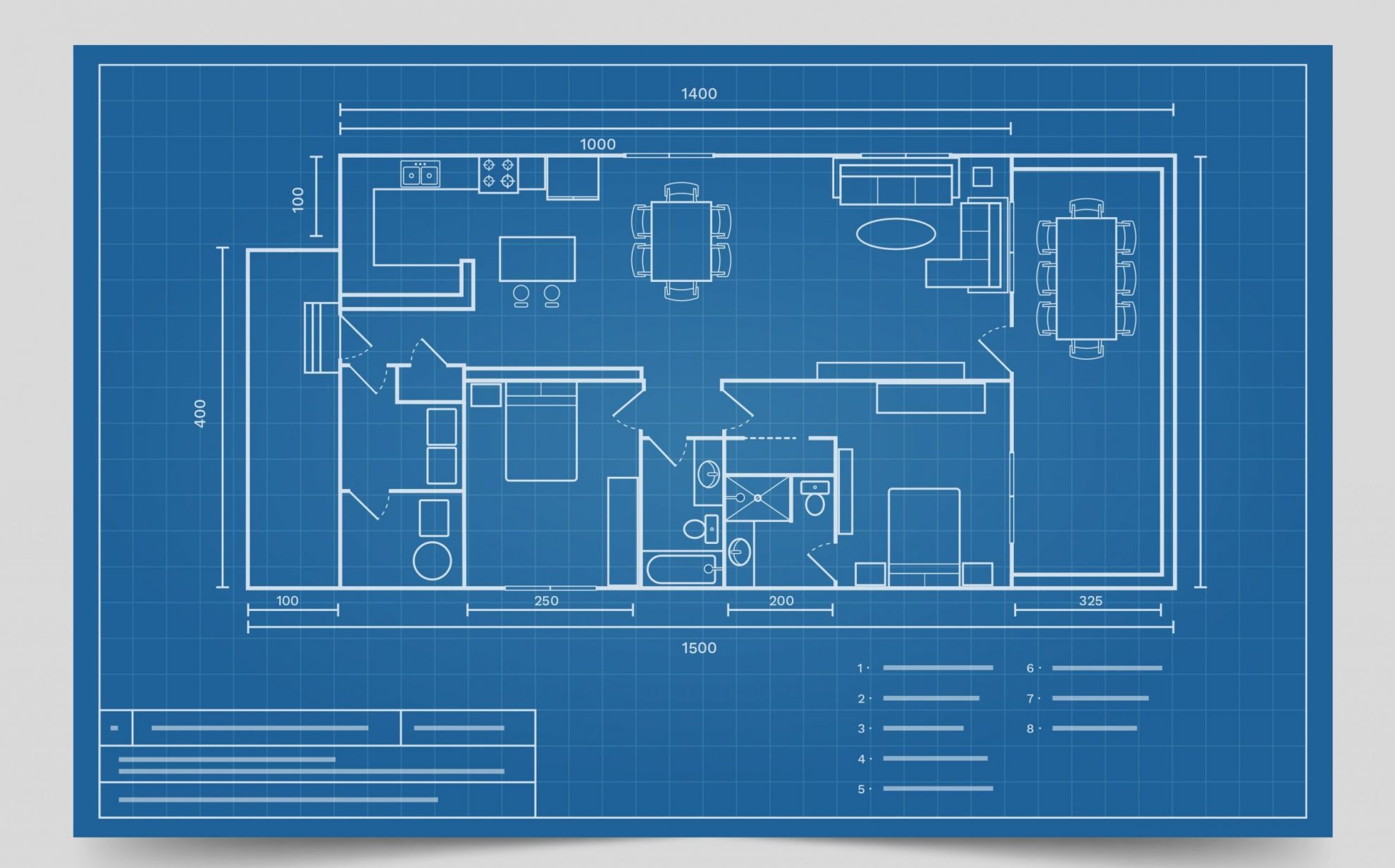While the terms “technical drawing” and “blueprint” are sometimes used as synonyms, they are not completely interchangeable. Keep reading to learn more about the differences between these two types of visual representations of physical objects.
Technical Drawing vs Blueprint: What Is the Difference?
Technical drawings and blueprints are closely interrelated, but they are different things. A technical drawing is a visual rendition of how an object functions and how it is built. On the other hand, a blueprint is a method for reproducing technical drawings.
Technical Drawing
Technical drawing, or drafting, is a detailed visual rendition of an object and how it works.
The most important feature of technical drawings is that they are unambiguous. In other words, they are made in such a way that there’s only one possible interpretation. Some of the attributes that contribute to make technical drawing unambiguous include:
- A precise scale
- Multiple views and projections
- Dimensions are specified
To learn more about technical drawing, check out our previous posts, “What is Technical Drawing?” and “Is Technical Drawing Still Relevant?”
Blueprint
As explained earlier, a blueprint is a method for reproducing technical drawings. Now let’s take a closer look at the principles behind it.
The history of blueprints goes back to the mid-1800s, when English polymath John Herschel (he was an mathematician, astronomer, chemist, and inventor) discovered the cyanotype process.
Cyanotype is a cheap photographic printing process based on a simple chemical reaction. When a combination of iron salt solutions (Ferric ammonium citrate and potassium ferricyanide) are exposed to sunlight, they turn blue.
This offered a simple way to maKe multiple copies of technical drawings. The process involved making a drawing on translucent paper, which was then placed on top of a sheet or paper coated with Ferric ammonium citrate and potassium ferricyanide. After exposing both sheets of paper to sunlight, the parts covered by the ink remained white, while the rest turned blue, giving blueprints their signature appearance.
Blueprints remained in use for a long time due to their convenience and affordability. Nowadays, the term “blueprint” is still used to refer to any floor plan, although actual blueprints have been phased out in favor of digital files.
About Darnell Technical
Darnell Technical Services is an engineering design firm with extensive experience in a vast array of projects. Our headquarters are located in Santa Ana, California, and we have an office in Las Vegas, Nevada.
Contact us today by telephone (714-285-0082 (CA), 702-945-2899 (NV)) or through our social media accounts on Facebook, Twitter, and LinkedIn to learn more about all the technical instruments and materials we put at your disposal.








